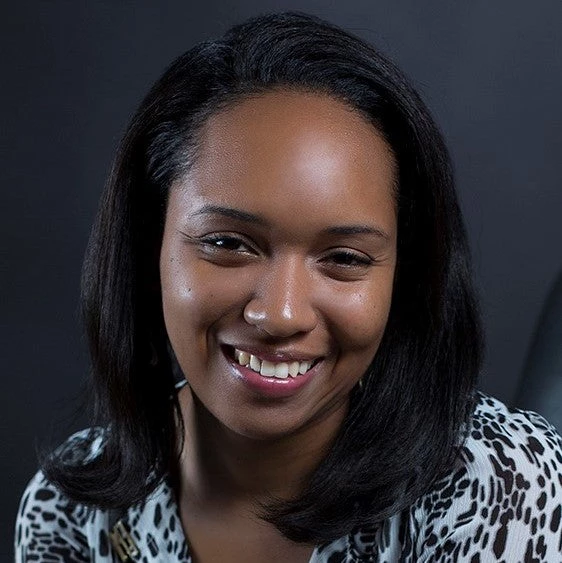 House in Saint Lucia/Photo: SLDB courtesy
House in Saint Lucia/Photo: SLDB courtesy
On December 24, 2013, Saint Lucia was well into the holidays when the tropical trough hit, delivering 225 mm of precipitation in three hours and producing flash flooding and landslides. “Everything went down the drain. We had farmers with 15,000 plants of tomatoes, cantaloupes, honeydew, name it. The river broke its banks, everything went down to the sea,” remembers Herricks Renee, President of the Black Bay Small Farmers Cooperative.
Nearly 20,000 people were affected and six were dead. Transport, agriculture, sanitation and tourism infrastructure were hit hard. Businesses and housing were damaged island-wide. Damage and losses totaled an astounding US$100 million or 8.3 % of Saint Lucia’s gross domestic product.
This storm demonstrated that Saint Lucia is vulnerable to natural disasters year-round.
Saint Lucia’s government improves living standards through investments in infrastructure and economic development. But increasingly, households and small businesses turn to the government also to restore their investments after disasters.
But, as disaster recovery and reconstruction absorb a growing share of Saint Lucia’s national budget, funds are diverted from public investments that support economic development and quality of life. Saint Lucians need support to build back better or–more importantly--to “build better before.”
What if homeowners and small businesses could get financing to reduce risk before disaster strikes?
Looking to help citizens adapt to climate change, the Government of Saint Lucia sought a vehicle through which citizens could implement their own climate resilience solutions . It turned to the Saint Lucia Development Bank (SLDB) to establish a pilot adaptation financing program called the Climate Adaptation Financing Facility (CAFF), a US$5 million line of credit under the Saint Lucia Disaster Vulnerability Reduction Project.
The program offers affordable loans for climate adaptation to households and to small businesses in manufacturing, tourism and agriculture. The loans are affordable and designed to encourage borrowers to reduce their own disaster vulnerability, thus shifting some risk from the government to borrowers.
The CAFF offers St Lucians a wide menu of possible uses, ranging from rainwater harvesting to site stabilization and energy generation; roof reinforcement and irrigation systems are also eligible . Women make up more than half of the borrowers.
The financing facility initially experienced slow demand -- people may not have understood climate adaptation or the role of households and businesses.
So Saint Lucia Development Bank launched a marketing campaign to build public awareness, called “Build Stronger, Feel Safer, Invest Smarter,” which included testimonials from early borrowers. To complement the campaign, the CAFF team went out to meet the public and answered questions about the program. The outreach showed examples of investments eligible to finance and promoted low introductory interest rates.
And it worked! Since April 2017, the CAFF has approved 109 adaptation loans totaling 3 million Eastern Caribbean dollars (XCD) . Nearly half of all approvals occurred in the 4th quarter of 2018, when 47 loans worth nearly XCD 1.5 million received green light, thanks to the marketing campaign. Almost XCD 2 million has already been disbursed and invested in adaptation projects on the island.
While the facility has developed, SLDB’s expertise has grown. It has learned how to introduce an innovative lending program while demonstrating how individuals and businesses can rise to the challenges of climate change in Saint Lucia.
The CAFF model can benefit other countries as well. The vision is to expand this program to other Small Island Developing States who can then collaborate to build resilience and local development in the coming years -even as the region’s climate continues to change.





Join the Conversation